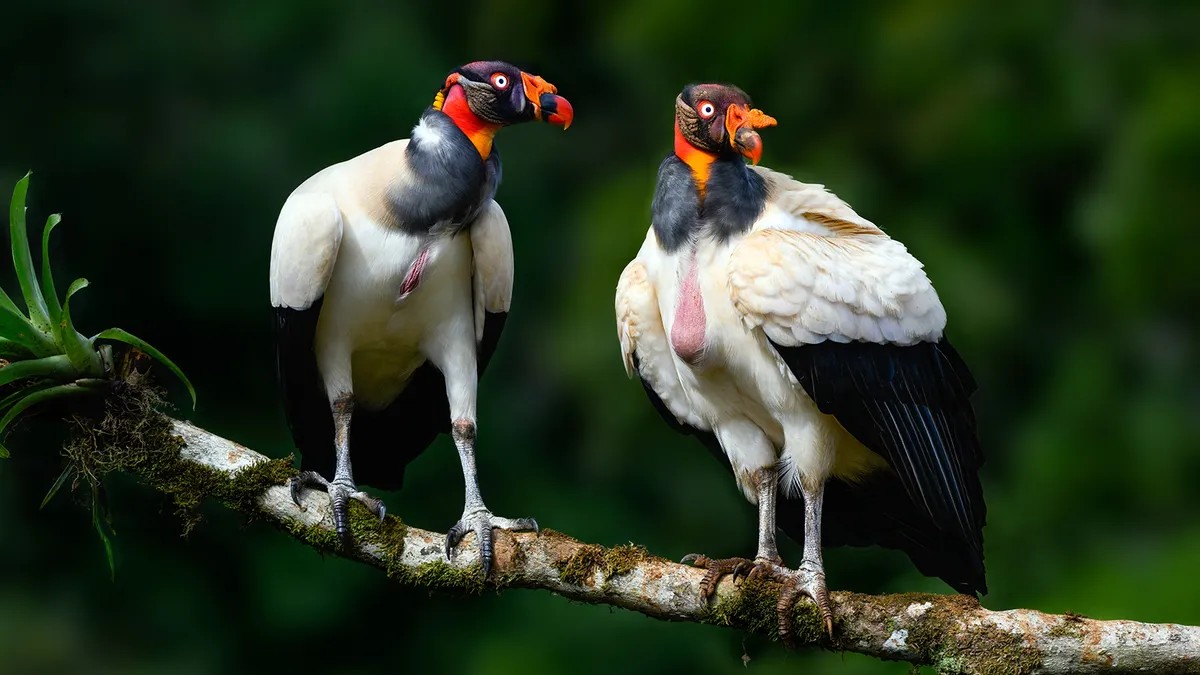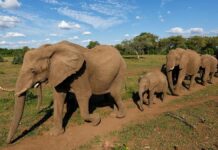Some of the most effective creatures in nature don’t fit conventional standards of beauty. Several bird species stand out for their unconventional appearances—bald heads, bare skin, and unusual features that are not accidents of evolution, but rather, highly functional adaptations. These birds thrive precisely because of their peculiar traits.
The Scavengers: Marabou Storks and King Vultures
The marabou stork of Sub-Saharan Africa is a striking example. Its towering height, hunched posture, and bald head are not flaws but tools for survival. A bare head prevents feathers from becoming saturated with the fluids of carrion—a vital trait for a scavenger. Its drooping pink air sac and hooked beak complete an image that’s undeniably unsettling, yet perfectly suited to its niche.
Similarly, the king vulture of Central and South America is a master scavenger, distinguished by its brightly colored (but wrinkled) bare head. These birds are crucial for maintaining ecosystem health by removing decaying carcasses. While their appearance may not be conventionally appealing, their efficiency in cleaning up remains ensures they remain a dominant species in their habitats.
The Specialists: Ibis and Muscovy Ducks
The northern bald ibis, an endangered species found in parts of the Middle East, southern Europe, and northern Africa, is another example of function over form. Its completely bald red head, combined with dark plumage and a curved beak, is ideal for hunting insects and small animals in rocky terrain. Habitat loss has threatened its survival, but conservation efforts are helping to restore its population.
The Muscovy duck, native to Mexico and Central/South America, also sports a peculiar look with red, warty skin around its face. This feature isn’t random—it helps the bird forage efficiently in dense forests and shallow waters, feeding on plant matter and small fish. Despite its unconventional appearance, it’s closely related to domesticated ducks and known for its quiet temperament.
The Apex Predators: Hornbills and Condors
The southern ground hornbill of Africa is an imposing bird with glossy black feathers and a bright red face. Its bare facial skin gives it a fearsome expression, but it’s also an adaptation that aids in hunting small animals and flying insects. These birds form long-term breeding pairs, making them a stable presence in their savanna and woodland ecosystems.
Finally, the California condor, North America’s largest flying bird, is built for soaring across rugged terrain. Its broad wings and bare head are not aesthetic choices but tools for scavenging efficiently. Critically endangered at one point due to habitat destruction and lead poisoning, the condor has made a remarkable recovery thanks to intensive conservation efforts.
These birds remind us that evolution prioritizes survival over conventional beauty. Their unconventional appearances are not accidents; they are adaptations that ensure their continued success in challenging environments. The ugliest birds are often the most effective ones, proving that function can triumph over form in the natural world.
























